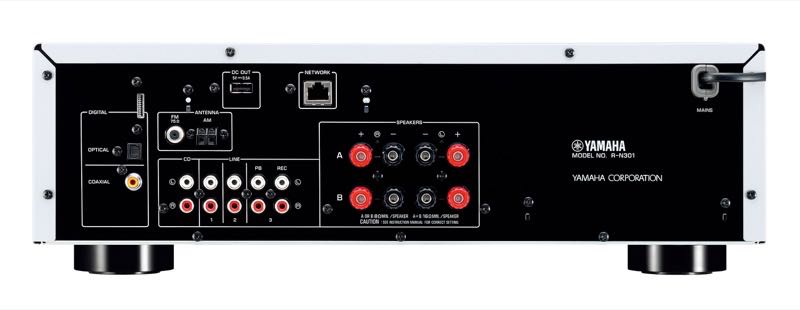Why Are there Extra Speaker Outputs on the Back of My AV Receiver?
AV receivers can be confusing. They do so many things that it’s hard to keep them straight. Plus, they have so many numbers associated with them. Have you ever looked at the specifications for even a budget AV receiver? It’s like a mile long! Looking at the back of an AV receiver can trigger stress responses in some people. So many connections! Even if you try to compare the numbers to the connections they don’t match up. So, what’s the deal? Why are there extra speaker outputs on the back of an AV receiver? Let’s discuss!
Flexibility
The quick and easy answer is flexibility. AV receivers have evolved over the years so that they try to be all things to all people. No matter how you think AV receivers should work, there is someone out there who thinks they work completely differently. To appease all these people, manufacturers give AV receivers the greatest flexibility they can. This sometimes means extra connections whose use isn’t always readily apparent.
Legacy Connections
A second reason for the extra speaker outputs on your AV receiver is for legacy reasons. Some features that were once popular no longer see widespread use. Once a feature is implemented in AV receivers, it often takes a long time to go away. Even when they aren’t used very often.
Which AV Receivers have Extra Speaker Outputs
While not universally true, if your AV receiver can power fewer channels than it can process, you’ll find extra speaker outputs. For example, if you have a receiver that can process up to 7.x.4 channels of audio but only has nine amps built in, you’ll find extra speaker outputs. The “extra” in this case means “more than the number of amps inside the receiver.” As the receiver can process additional channels, it makes sense that they’d have speaker outputs for each possible channel and allow you to pick which speakers you want to have in your system.
Different Configurations
Even with those AV receivers, they’ll have more speaker terminals than they can process. There are sometimes so many that it seems ludicrous. This is simply so that you can switch configurations without having to swap speaker wires.
If you have a seven-amp receiver you may find nine or eleven speaker connections on the back. This allows you to run a seven-speaker system in your home theater. You could also connect a pair of speakers located in another room as a Zone 2. With a few button pushes on your remote, you could change the amp assignment so that you are now powering five speakers in your home theater while powering the two Zone 2 speakers at the same time. While that might not be something you would do, someone out there wants it!

Legacy Connections: Speaker A/B
Back in the day, you could connect two pairs of front speakers to your stereo amp or receiver. These came with a switch that was labeled Speaker A, Speaker B, and Speaker A+B. The idea was that you could hook up two different sets of speakers (often located in different rooms) to use either alone or in combination. With Zone 2 (and often more on high-end receivers), the Speaker A/B usage has fallen out of favor. Still, you’ll often find an extra set of binding posts on the back of your AV receiver labeled Speaker B.
Take Away
For the most part, you can ignore the extra speaker outputs on the back of your AV receiver. Look for the ones you’ll use and connect those speakers. What does throw some people off is thinking that the number of speaker connections correlates with the number of amp channels. Just because there is a connection for a speaker on the back of your receiver doesn’t mean that it has a dedicated amp for that channel. If your AV receiver has seven amplifier channels, it can only power seven speakers. Even if it has more speaker connections.


